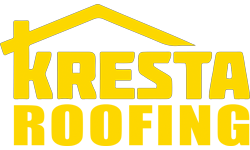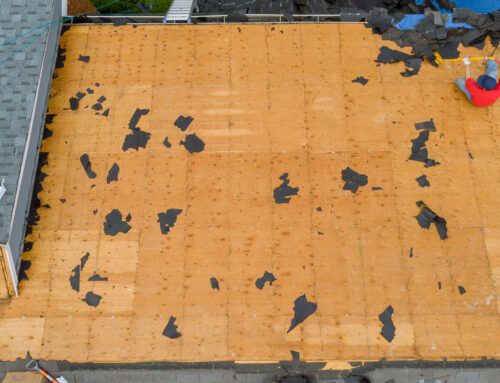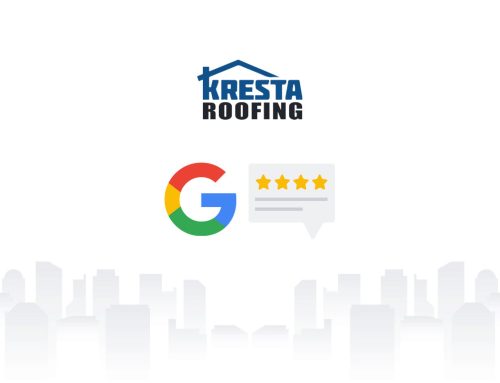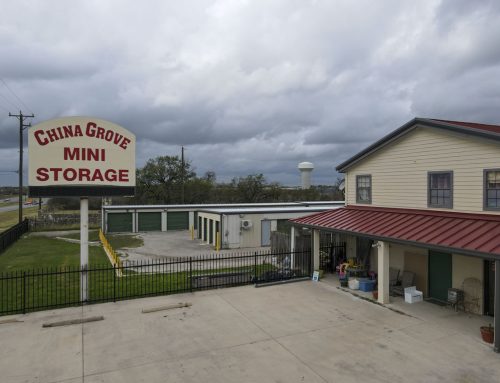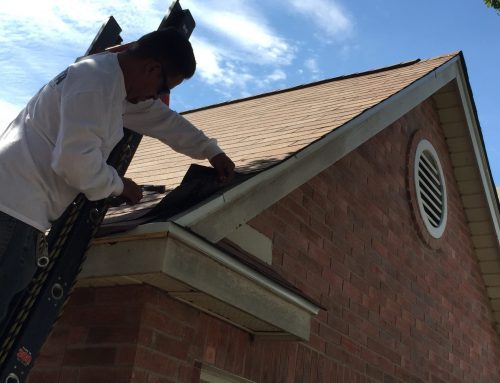Types of Roofs for Commercial Buildings

When it comes to commercial buildings, the choice of roofing is crucial. The commercial roofing system is not just a structural necessity but also an element that impacts energy efficiency, aesthetic appeal, and long-term maintenance costs. There are various types of commercial roofing suitable for commercial buildings, each with its own advantages and disadvantages. This blog will delve into the most common types of commercial roofs and explore their unique features, providing insights from experienced commercial roofers.
Flat Roofs

Commercial flat roofs are a popular roofing choice for many types of buildings due to their practicality and cost-effectiveness. As the name implies, flat roofs have a minimal slope compared to traditional pitched roofs. These roofs have a slope that’s typically about 1/4 to 1/2 inch per foot.
Metal Roofs

Metal roofs are a highly durable and versatile roofing option for commercial buildings. Made from materials like steel, aluminum, and copper, these roofs are known for their exceptional longevity. Their robust construction makes them resistant to extreme weather conditions, including heavy rain, snow, and high winds.
TPO Roofing

Thermoplastic Olefin (TPO) roofing is a single-ply roofing membrane that is gaining popularity in the commercial sector. It’s made from a blend of polypropylene and ethylene-propylene rubber. It is known for its reflective properties, which help reduce cooling costs. TPO roofing can be mechanically attached, fully adhered, or ballasted.
EPDM Roofing

Ethylene Propylene Diene Monomer (EPDM) is a type of synthetic rubber roofing membrane. It’s a single-ply rubber membrane that is highly durable and weather-resistant. It is typically black, but white variants are available to reflect sunlight and reduce heat absorption. EPDM roofs are known for their flexibility and ease of installation.
Built-Up Roofing (BUR)

Built-Up Roofing, commonly known as BUR, consists of multiple layers of bitumen (asphalt) and reinforcing fabrics. These layers create a durable and waterproof surface. The top layer can be coated with gravel or other materials for added protection against UV rays and weather elements.
Modified Bitumen Roofing

Modified Bitumen roofing is a type of asphalt product that can be applied in multiple layers. This type of roofing involves asphalt-based sheets modified with plastic or rubber polymers. The sheets are rolled onto the roof and adhered using heat or adhesives. Modified bitumen roofing is flexible and resistant to extreme weather conditions.
Shingle Roofing

While more common in residential buildings, shingles are sometimes used in smaller commercial buildings.
Choosing the right roof for a commercial building involves considering various factors such as cost, durability, energy efficiency, and maintenance requirements. Each roofing type has its own set of advantages and disadvantages, making it important to assess the specific needs of the building and its environment. Contact Kresta Roofing for more in-depth information about commercial roofing and the materials used. We have over 40 years in the construction and roofing industry and we can help you decide which roof is best for your property. Schedule a Free Roofing Quote today!
